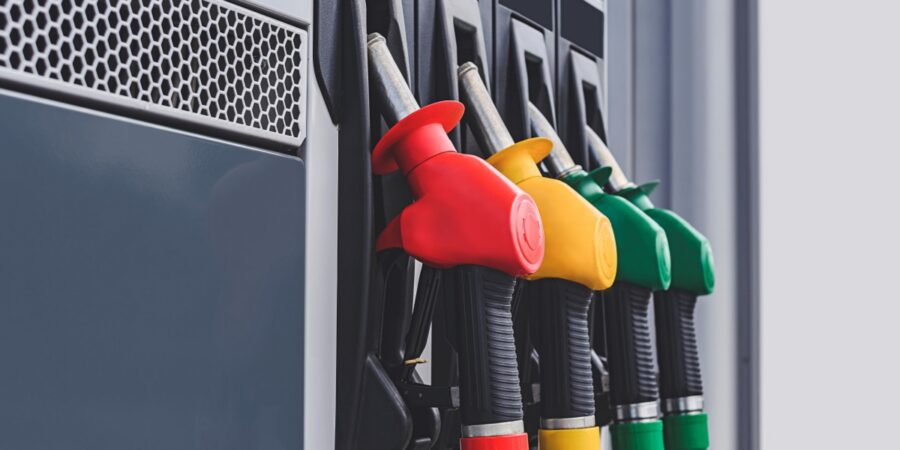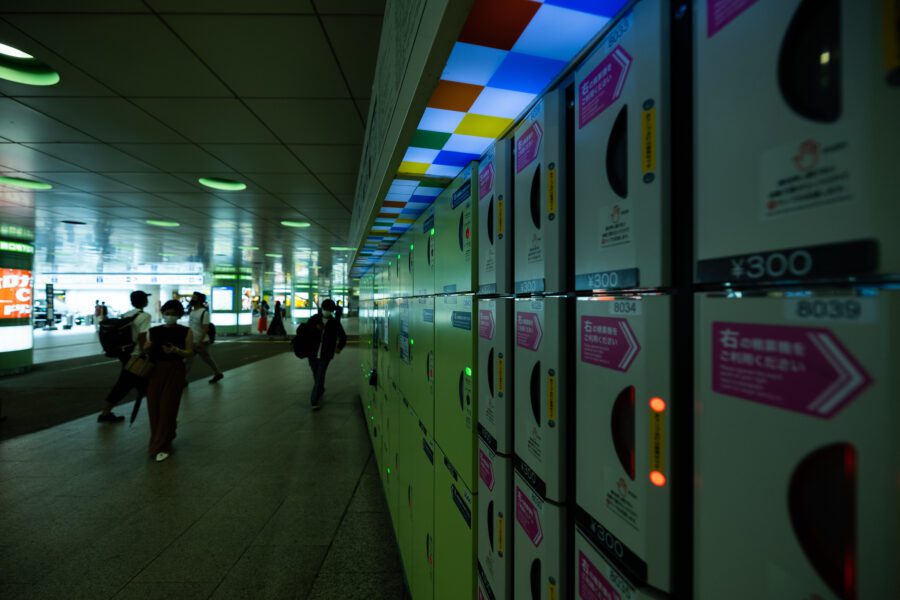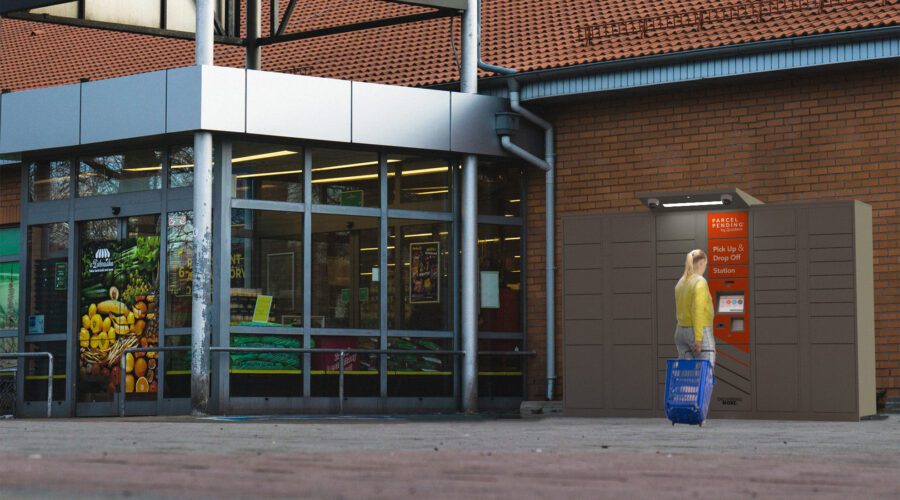
Open Locker Network
The Rise of Contactless Deliveries in Public Spaces: How Modern Gas Stations Are Adapting
Written by: Parcel Pending
5 Min Read
Published: March 27, 2024
Updated: April 18, 2024
The gas station sector is brutally competitive, often operating on slim profit margins and facing harsh rivalries. With more electric vehicles coming onto the market, petrol stations will increasingly need to create additional income sources to ensure their survival in the next stage of automotive travel.
Current Challenges for Gas Stations
Echoing Bob Dylan’s timeless lyrics, “the times they are a-changing;” this statement is particularly fitting for today’s gas stations as they face multiple challenges, including the following:
The Shift to Electric Vehicles
As the drive to reduce America’s dependency on petroleum intensifies and the move toward electric cars gathers momentum, modern gas stations must consider revamping their strategies and offerings. The sale of electric vehicles hit a record-breaking 1.2 million vehicles sold last year, with the share of EVs in the auto market reaching 7.6%.1 Demand, therefore, is surging for petrol station operators to include reliable EV charging stations.
As global credit ratings agency Morningstar DBRS said in a recent report, “…operators would need to evolve and address challenges around intensifying competition, their changing business and operating model as well as infrastructure concerns, to maintain market share, profitability, and relatively stable credit risk profiles.”2
EMV Compliance
Europay, Mastercard, and Visa (EMV) are global payment technology standards that reduce fraud using chip-enabled credit cards. As of April 2021, all petrol stations must be compatible with EMV or remain unprotected from fraud. The two issues associated with compliance are the upfront cost and downtime required to implement the technology.
Unpredictable Fuel Demand
Estimating demand between now and 2050 varies widely from +1% to -38%.3 These huge ranges make it difficult for gas station operators to plan appropriately.
How Modern Gas Stations Are Adapting
Savvy modern gas station operators are adapting to serve customers better in a number of strategic and innovative ways:
Adding Electric Payment Options
Many gas stations now offer seamless payment solutions with tap-to-pay functionality, such as Apple Pay or Google Pay. Some gas station and convenience store owners have even stepped up their game with proprietary apps, enabling hassle-free transactions right from the driver’s seat. For instance, leading petroleum entities Valero, Citgo, Marathon, and BP have apps that allow customers to authorize pump purchases via their smartphone apps.
Despite slight differences in their rewards/loyalty programs, these apps afford gas station owners a glimpse into their customers’ spending habits, allowing the option for customized promotions.
Data-Fueled Promotions
As hinted above, loyalty programs are the secret sauce to offering tailored specials, discounts, and even BOGOs (“Buy One, Get One” promotions). With a treasure trove of data and the app on customers’ smartphones, the opportunities for gas station owners to create promotions, send out alerts, and communicate with customers are endless.
Service Diversification
Leveraging new products and services allows a gas station owner to tap into new revenue sources. These offerings help offset lost sales from the changing gas station, service station, and filling station landscape, whether adding biofuel or diesel.
The average customer spends only 2-3 minutes fueling their vehicle and around four minutes inside the convenience store. As a result, the objective of every gasoline station operator is simple: entice customers to step inside the store to spur incremental purchases. A recent study shows that while products inside the store only ring up 30% of the average petrol station revenue, they account for 70% of the profit.4 Health and beauty products plus candy typically return over 50% profit margins.
Gourmet coffee and beverages are also profit margin leaders and are of keen interest to gasoline station customers. McDonald’s new CosMc store serves Churro Frappés and Pomegranate Hibiscus Slush. Gen Z, in particular, is fascinated with fresh beverages. 62% of them reported trying a new beverage in the past month.5 Partnering with banks, laundromats, or fitness centers makes modern gas stations more appealing and profitable.
Ignite New Revenue Streams: Become an Open Locker Network Host
The rise of e-commerce is paving the way for new opportunities. Gas stations, strategically positioned and often operating with extended hours, can add a service that increases revenue and benefits local, commuting customers: offering parcel pickup and returns at their locations.
With gas station operators striving to further prioritize the customer experience, promote sustainability, encourage community involvement, and boost profitability, offering open network parcel lockers at gas station locations is a potential game-changer.
Improves the Customer Experience
Smart lockers offer a quick and easy solution for picking up and returning parcels, seamlessly doing away with the annoyances of lost or stolen packages and time-consuming waits at conventional locations (i.e., the post office or carrier storefronts).
Promotes Sustainability
Parcel lockers are a significant ally in addressing the pressing concern of sustainability in today’s world, helping to reduce the carbon footprint that comes with last-mile deliveries. The positioning of smart lockers in local gas station locations enables consumers to consolidate tasks and collect their parcels while filling up their petrol tanks, grabbing a bite from the store, or getting their car washed. One recent market research study confirms that consumers would substitute 47 deliveries a year with trip chaining, saving an estimated 1.4 billion miles driven by carriers when given a choice.
Boost Community Involvement
No longer is a filling station or service station simply a place to refuel your vehicle; they’re evolving into vital community hubs. Open network parcel lockers enhance community links, functioning as communal collection centers for the neighboring area.
Drive Foot Traffic and Revenue
Every electronic locker interaction is an opportunity for additional sales. Recent consumer surveys have shown that most individuals would pick up or return a package at a smart parcel locker and visit a business more regularly if a parcel locker was available. Further, carrier-agnostic lockers act as a competitive differentiator and mechanism for driving loyalty.
Since Parcel Pending by Quadient takes care of installation and maintenance, the lockers come free of cost to gas station owners and can consistently drive revenue. Petrol operators only need to provide space to install the lockers; this can be either indoors or outdoors depending on preference and available space at your gas station location.
With revenue pressure from the rise in electric vehicles, slim margins, and competitive activity, gas stations need additional revenue sources. Becoming an Open Locker Network host provides a competitive advantage while boosting foot traffic, community, sustainability, and revenue.
Ready to learn more about becoming an Open Locker Network host? Contact one of our parcel management experts today.
Sources:
- Cox Automotive. A Record 1.2 Million EVs Were Sold in the U.S. in 2023, According to Estimates from Kelley Blue Book. www.coxautoinc.com. January 9, 2024. https://www.coxautoinc.com/market-insights/q4-2023-ev-sales/
- Malik, Adam. How EVs are impacting gas stations. www.autoserviceworld.com. September 21, 2023. https://www.autoserviceworld.com/how-evs-are-impacting-gas-stations/
- Beard, Frank & Lawrence, Brandon. The Road Ahead: Why retailers need to focus on fuel in 2024. www.cstoredive.com. December 20, 2023. https://www.cstoredive.com/news/the-road-ahead-retailers-need-focus-fuel/702999/
- Crockett, Zachary. Why most gas stations don’t make money from selling gas. thehustle.co. April 15, 2022. https://thehustle.co/why-most-gas-stations-dont-make-money-from-selling-gas/
- Haddon, Heather. The Fast-Food Industry Wants to Be the Fast-Drinks Industry, Too. www.wsj.com. December 20, 2023. https://www.wsj.com/business/hospitality/the-fast-food-industry-wants-to-be-the-fast-drinks-industry-too-1fa6bf4a





